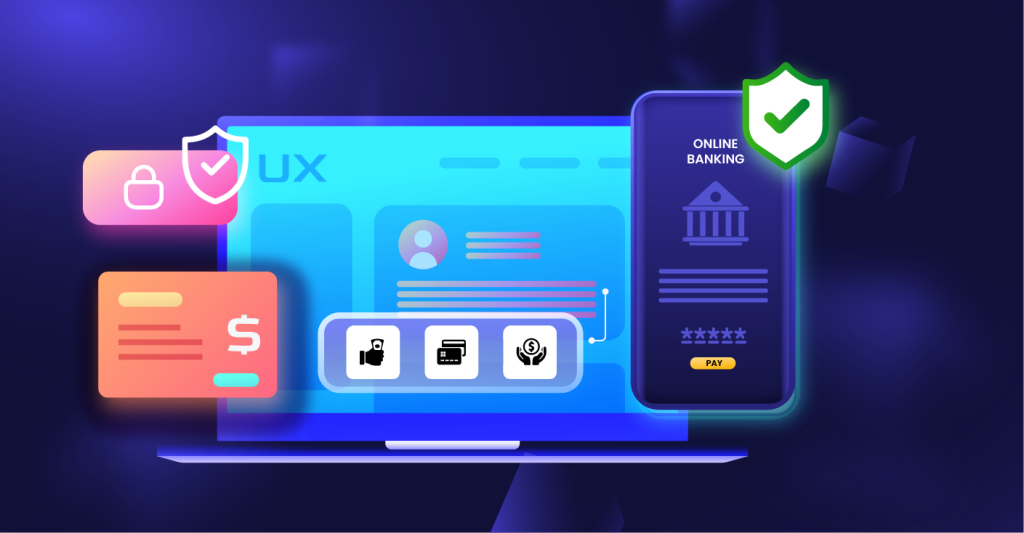
After 25 years of working in the field of design, one thing I can say for sure, you cannot call yourself a user-centric business if you are not following ethical UX practices.
All the beautiful layouts, quick loading, and stunning animations are useless if you neglect ethical design.
Avoiding ethics, sure might give you some quick results but if we talk about the long run, you will not be able to build trust and connection with your users. And this is a road to disaster.
Because a business can only be successful when it has users’ trust.
That’s why the role of the UX design of your platforms should not be to just make everything look pleasant and beautiful but also to make your users feel that you are trustworthy and dependable.
Now, the question is, how do you make users trust and depend on you? You will get the answer to this question but before that let’s understand the essence of ethical UX.
What is Ethical UX
Ethical UX is all about designing services with a focus on respecting users’ rights and ensuring fairness and inclusivity. It focuses more on serving the users rather than thinking just about profits.
Ethical UX design is the one that:
- Ensures that users have complete control over the interaction with your products and services and that they can make an informed decision.
- Provides complete transparency of how users’ data is being used.
- Prioritizes the protection of users’ privacy and data.
- Is accessible to users with different abilities.
I am a strong advocate for ethical design and have always made sure that my team at f1Studioz follows these principles at all costs. These principles not only build trust but also boost brand image, which is ultimately one of the major goals of every business.
So, make a mental note of it- prioritizing users equals more business.
Ethical UX in BFSI
BFSI is synonymous with trust and reliability, take that away and the entire business will collapse. That is why you cannot call yourself a bank if you do not follow ethical UX practices.
Ethical UX is so important in BFSI projects because of the data sensitivity and the potential impact on a person’s financial well-being.
Here comes the main question- how do you ensure your designs reflect ethical practices in the BFSI sector?
We at f1Studioz have worked very closely with the BFSI sector, transforming their digital experiences for over a decade. Here is what we recommend:
- Always ensure that the user is informed about why their data is being collected also make sure that they give their consent for its collection and processing.
- Provide clear information on the products or services offered in simple language, enabling the user to make an informed decision.
- Avoid the exploitation of cognitive biases or psychological vulnerabilities to manipulate user behavior. To put it simply, do not use tricks or tactics that take advantage of how users naturally think or feel to make them do something they might not otherwise do.
- Gather feedback from users and improve upon the identified issues in UX design.
Consequences of Not Following Ethical UX Practices
We have talked so much about why ethical UX practices are important and must be followed at all costs.
However, many business owners look for short-term profits over long-term success and a good brand reputation, leading them to avoid ethical UX or worse opt for unethical UX practices.
However, doing this has severe consequences:
- Your customers will lose trust and interest in your products and services
- Neglecting ethical UX or employing unethical UX practices will leave a sour taste for the customers which will badly affect your brand’s image
- There can be some severe legal implications.
- There will be less engagement and conversions when users perceive you as unethical. Reports show that about 13% of customers share their bad experiences with 15 or more people. Consequently, this will result in a significant drop in sales and revenue.
- The churn rate will increase as users seek out more trustworthy alternatives.
Read our blog- “Navigate CCPA’s Dark Patterns Ban: What You Should Know” to learn about unethical UX practices and their implications in depth.
What to Do When Clients Request to Employ Non-Ethical Practices
We already know the consequences of neglecting ethical UX design but what if a client insists on ignoring it?
Sometimes clients request to employ non-ethical practices to cut costs. Here is how to approach this situation:
First, explain the dangers of using unethical UX practices, like breaking privacy rules or damaging the brand’s reputation.
Then, suggest other ways to cut costs without sacrificing ethics. This might mean making processes more efficient, using resources wisely, or finding innovative solutions that stay ethical.
Showing these options can prove that ethical practices still bring good results for the client.
Final Thoughts
Ignoring ethical UX is a big mistake. It will earn you little, but it will cost you a lot. You will be risking everything from your customers, and your brand image to ultimately your chances of growth.
From my more than two decades of experience in the design industry, I have learned that you can never go wrong by investing in anything that benefits the customers. And ethical UX is one such thing. It will cost you little but earn you a lot!
Always remember that ensuring ethical UX isn’t just the right thing to do—it is one of the most important things to do for ensuring your long-term success and growth.
At the end, I would like to leave you with this-
As designers, we hold the power to shape the future. Let’s use that power responsibly by prioritizing ethics in UX design.
Tony Fadell
To learn more about this visit us at f1Studioz.com







